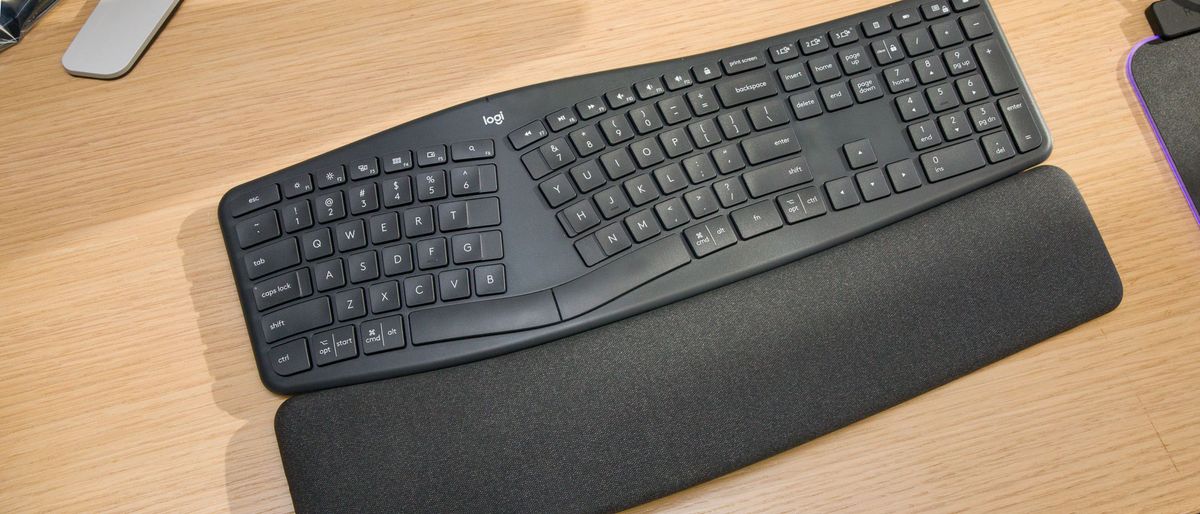
The receiver that connects your wireless keyboard to your computer resembles a small thumb drive. If the wireless keyboard doesn’t work after Windows sets it up – or fails to be detected at all – there are some things you can do to troubleshoot the issue. Sometimes, actions that should be simple just don’t turn out that way – things do tend to go wrong. Wireless Keyboard not Working After Setup That said, if the wireless keyboard requires special software or drivers, you’ll want to install these first – then simply plug in the device afterward. Therefore, connecting a wireless mouse is typically as simple as just plugging the accompanying USB receiver into an available USB slot and allowing Windows to set everything up. Most hardware, such as keyboards, take advantage of this feature. Plug-n-Play (PnP) devices have been around for quite some time now. You’ll most certainly need one if you want to type a report, do your own taxes, or write a blog (like this one) – as well as numerous other tasks. It was the initial way people interacted with their machines.

The keyboard has been around as long as personal computers. Your Windows PC can use many types of input devices – a mouse, touchscreen, touchpad, and keyboard. Driver Support/ knowledgebase/ Wireless Keyboard Not Working.


 0 kommentar(er)
0 kommentar(er)
